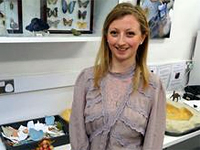Our last day in the field was one our Ore Curator, Helena Toman, was particulary looking forward to. We had finished visiting the fossil sites and today we would spend having a look around an active mine and collecting samples for the Museum's collections.
Helena tells us more about it...
Before we delve into the world of ores, it’s probably best to clarify what an ore actually is! An ore is any naturally-occurring mineral or assemblage of minerals from which economically important constituents, particularly metals, can be extracted. The field of economic geology focuses on ore deposit formation, ore mineral exploration and the successful extraction and processing of an ore. I like to think of economic geology as occupying one of those crucial interfaces between science and society and so one of the challenges as the Ore Collections Curator is to make the science accessible to society.
Over the past couple of months, you’ve taken part in our adventure to the geological treasure trove that is Morocco. After sieving for Cretaceous sharks teeth; excavating extinct volcanoes for mantle xenoliths and exploring for minerals we reach the final field stop of this incredible journey, the cobalt-nickel arsenide ore bodies of Bou-Azzer.

On the road into Bou-Azzer mine.
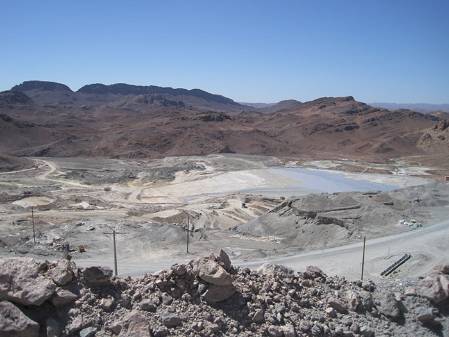
Looking over the mine.
Located in the central Anti-Atlas Mountain range within a very old (788 ± 9 Ma, Gahlan et al., 2006) ophiolite – a section of the ancient sea floor that has been obducted onto land - Bou-Azzer is presently the only mining district in the world to produce cobalt as a primary commodity from arsenide ores (USGS, 2011). As cobalt is usually extracted as a by-product, mineralisation at Bou-Azzer is unusual and therefore scientifically interesting. Put bluntly, we’d be mad not to visit and collect!
One thing that you can safely predict is that most mining operations are located in very remote and difficult-to-access locations. Bou-Azzer is no exception. After a long, bumpy, but visually stunning car ride we were warmly welcomed by mine employees who introduced the group to the geology and mining history of the district. Then, after a much needed sugary mint tea, the moment had arrived. The moment I had been waiting for – access to the ore pile! We drove up. The midday sun beat down on the mass pile of rocks before us.
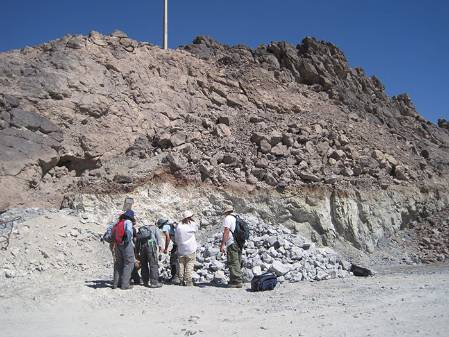
Looking through the discarded material next to the mine.
Dull silvers highlighted the primary cobalt mineralisation of Bou-Azzer: skutterudite (CoAs3); safflorite (CoAs2); loellingite (FeAs2); nickeline (NiAs) and rammelsbergite (NiAs2) while pale pinks and rich purples drew attention to the secondary mineral, erythrite (Co3[AsO4]2.8H2O) (Ahmed et al., 2009). I have to admit, as ores go, they rarely get ‘prettier’.
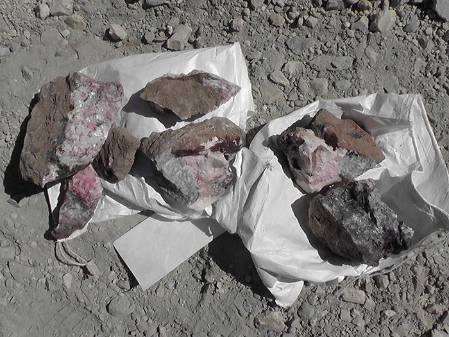
Some of the samples we collected at the mine.
While I could have stayed for days, our schedule was very tight and it wasn’t long before we needed to leave; it really was a case of ‘all hands on deck!’ Decision making (often against the clock) is part of a curator’s in-field skill set, so only samples that best provided an understanding of the mineralogy, mineral assemblages, mineral textures and mineralisation styles present at Bou-Azzer, made it into the suite.
Blog.jpg)
Primary cobalt ore.
Blog.jpg)
Primary cobalt ore.
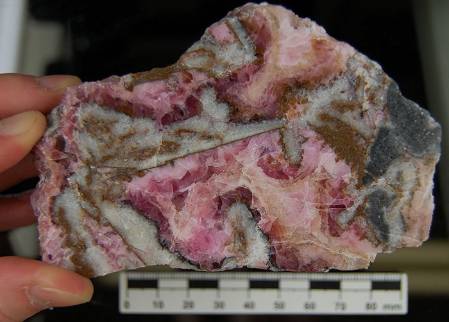
Secondary erythrite.
This suite (of 30 hand samples) was collected with two purposes in mind:
1) collection enhancement of the existing Natural History Museum ore collection
2) to serve as material for research initiatives investigating cobalt as a ‘critical element’
As someone whose scientific interest area is economic geology, visiting Bou-Azzer was the cherry on top of the cake – or, as we are dealing with all things Moroccan, the mint in my tea. Describe the fieldtrip in one word? Ore-some.
If you would like to find out more about ores, the Museum ore collection and our research, please see our ores group webpages, or you can follow up with the references below.
Thank you to Helena for telling us more about the ores and what we collected.
I was particularly excited about going to the mine as we were trying to find some pink minerals, and pink is my favourite colour. Some of the specimens looked wonderful sparkling in the sun and it was great that we were able to collect so many new samples for the ore collections.
I thoroughly enjoyed my time in Morocco, seeing something new every day and you can learn so much more in the field than reading a book or paper about the area. For me, it was great to learn from the mineralogists on the trip and find out more about what they do and also learn from more senior members of staff (I think we all enjoyed learning from each other and getting to know each other better).
Being able to visit sites I have heard so much about such as the Kem Kem and Goulmima was fantastic. And knowing that finding the fossils (and mineral specimens) during our trip helped to enhance the Museum collections is a great feeling. I am hoping to return to Morocco later in the year to present some results at a conference of specimens we collected during our trip.
References
Ahmad, A.H., Arai, Shoji, and Ikenne, Moha, 2009, Mineralogy and paragenesis of the Co-Ni arsenide ores of Bou Azzer, Anti-Atlas, Morocco: Economic Geology, v. 104, no. 2, March–April, p. 249–266.
USGS, 2011, Minerals Yearbook: Morocco and Western Sahara (Advanced Release), p. 30.1 – 30.9.
Gahlan, H., Arai, S., Ahmed, A.H., Ishida, Y., Abdel-Aziz, Y.M., and Rahimi, A., 2006, Origin of magnetite veins in serpentinite from the Late Proterozoic Bou-Azzer ophiolite, Anti-Atlas, Morocco: An implication for mobility of iron during serpentinization: Journal of African Earth Sciences, v. 46, p.318–330.



 Loading...
Loading...
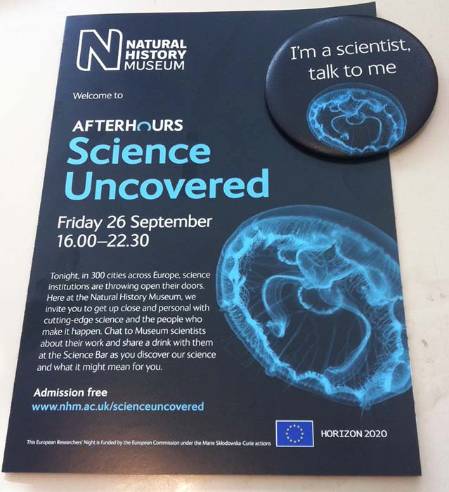
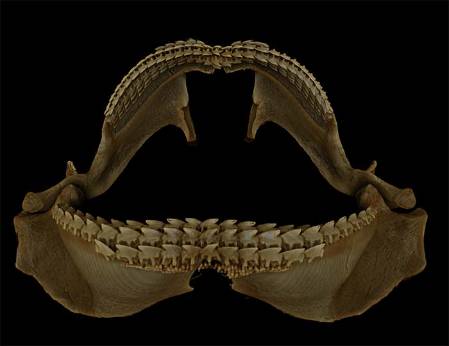
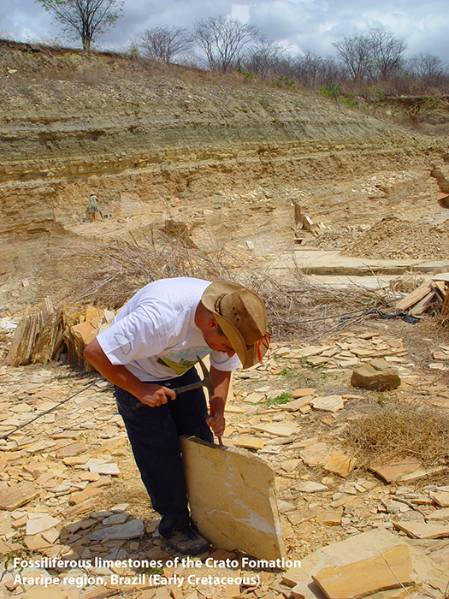
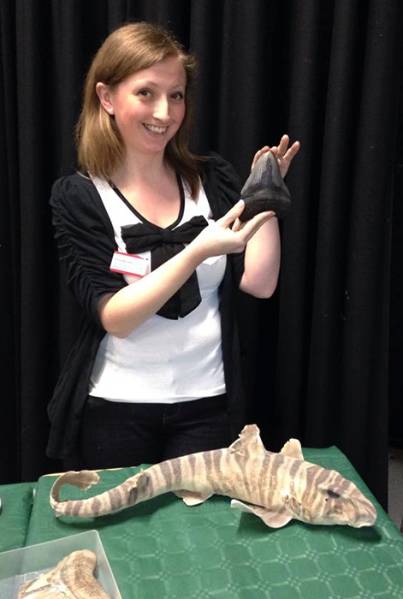
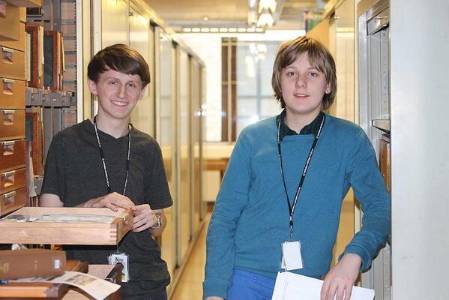
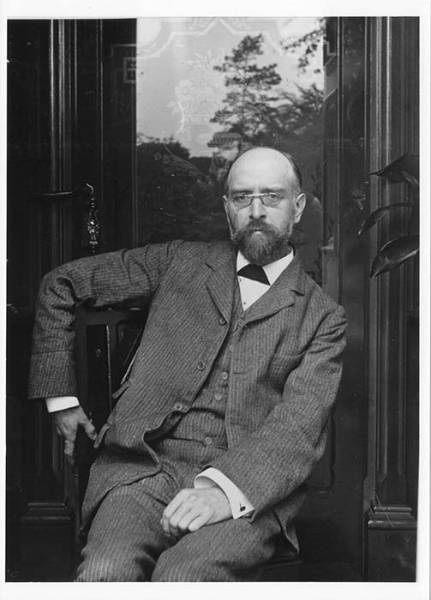

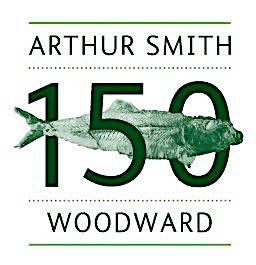
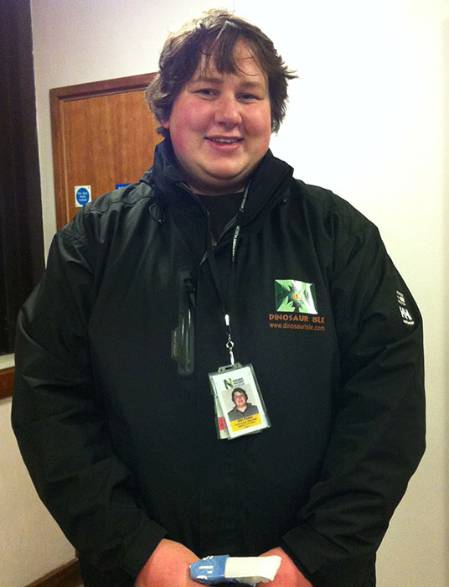
.jpg)

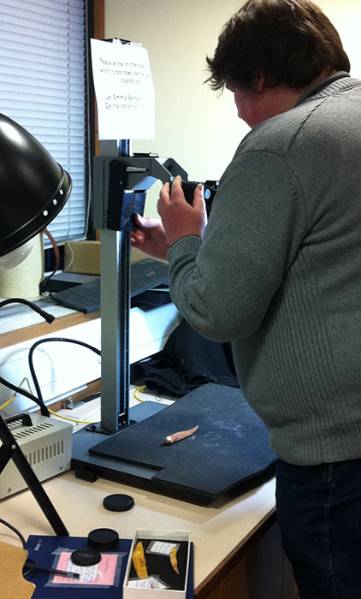




Blog.jpg)
Blog.jpg)

